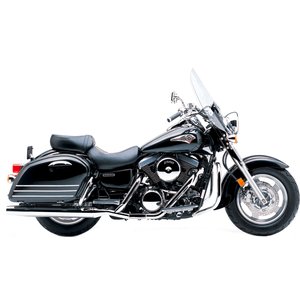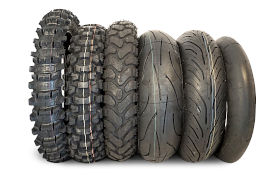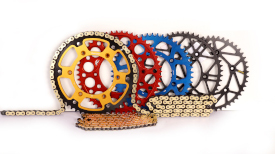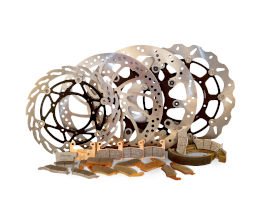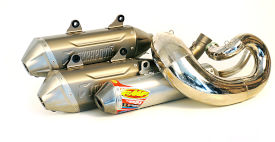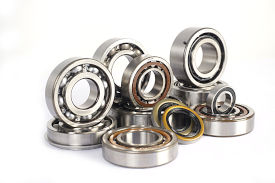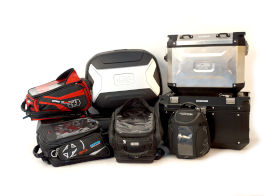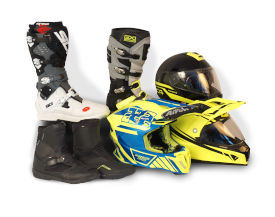Kawasaki VN 1500 Vulcan Classic Tourer [1998 - 2003]: A Timeless Cruiser for the Long Haul
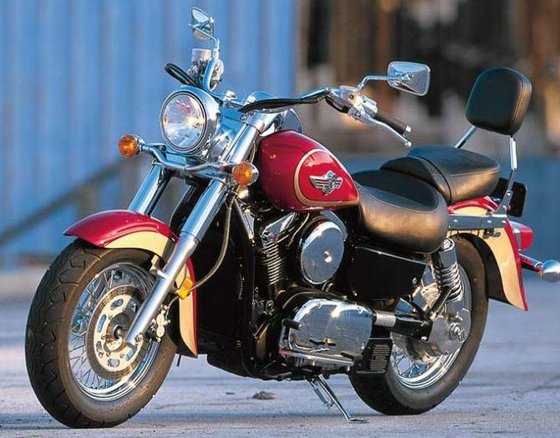
Introduction
The Kawasaki VN 1500 Vulcan Classic Tourer stands as a defining chapter in the story of Japanese cruisers. Produced from 1998 to 2003, this generation of the Vulcan 1500 blended old-school cruiser aesthetics with modern engineering sensibilities. Designed to compete in the heavyweight touring cruiser segment, it offered riders a balance of comfort, reliability, and that unmistakable V-twin character. After spending time with this machine, it’s clear why it remains a favorite among riders who value mile-eating capability without sacrificing style.
Design & Styling
The Vulcan 1500 Classic Tourer is a head-turner. Its long, low-slung profile, teardrop fuel tank, and chrome accents give it a timeless "big twin" presence. Kawasaki refined the design over its production run, notably smoothing out the fuel tank seams and adding a multi-reflector headlight for a cleaner, retro-modern look. The 16-inch wire-spoke wheels and wide handlebars add to its muscular stance.
One rider noted, "People kept asking if it was a new Harley or even an Indian—until they saw the ‘Kawasaki’ badges." The Classic Tourer’s aesthetic avoids gimmicks, relying instead on proportions that feel authentically American. Color options like deep red, emerald green, and gloss black (depending on the model year) accentuate its curves.
Engine & Performance
The Heart of the Beast
At the core of the Vulcan 1500 lies a 1,470cc liquid-cooled V-twin engine. Early models used carburetors, but Kawasaki introduced fuel injection (FI) in 2000, a significant upgrade. The FI system, controlled by a 16-bit ECU, delivered smoother throttle response and eliminated cold-start headaches. With 64 HP (47 kW) at 4,700 RPM and a stump-pulling 113 Nm (83.3 lb-ft) of torque at 2,800 RPM, this engine prioritizes low-end grunt over top-speed bragging rights.
Riding the Vulcan feels like piloting a freight train—steady, unstoppable, and surprisingly refined. The gear-driven counterbalancers and rubber engine mounts neutralize vibrations, making highway cruising eerily smooth. Shaft drive ensures reliability, though it adds weight compared to chain or belt systems.
"The power is linear and effortless," remarked one tester. "It’s not about hitting 170 km/h (105 mph)—it’s about how easily it gets there while feeling like it could run all day."
On the Road: Riding Impressions
Handling & Stability
The Vulcan’s chassis combines a double-cradle steel frame with a 32-degree rake and 177 mm (6.9 inches) of trail. While its 331–337 kg (730–743 lbs) dry weight sounds intimidating, the bike manages low-speed maneuvers gracefully. The 41mm telescopic fork and air-assisted rear shocks (with 4-way rebound damping adjustment) handle bumps competently, though rough roads can feel harsh.
At speed, the Vulcan tracks like a laser beam. "Even in pouring rain and hail, it stayed planted," recalled a rider who tackled a cross-country trip. However, aggressive cornering reveals its limits: ground clearance is modest, and the single front brake (dual discs on some FI models) requires a firm squeeze for urgent stops.
Comfort & Ergonomics
The Vulcan’s ergonomics cater to long-distance riders. The 720 mm (28.3-inch) seat height accommodates shorter riders, while the plush saddle earned rave reviews: "After 1,800 miles, my butt still felt fresh." Floorboards are positioned slightly forward, which some riders found awkward, but the 33-inch handlebar and upright posture reduce fatigue.
Wind protection is minimal without an aftermarket windshield, but the lack of buffeting at highway speeds surprised testers. Passenger accommodations are generous, with integrated grab rails and optional backrests.
Technology & Features
The Vulcan 1500 Classic Tourer wasn’t just about retro styling—it packed clever tech for its era:
- Digital Speedometer with LCD Display: Toggled between odometer, tripmeter, and clock.
- Self-Canceling Turn Signals: A rarity in cruisers at the time.
- Lockable Storage Compartment: Hidden under the left side panel.
- Bungee Hooks & Helmet Locks: Practical touches for touring.
The fuel-injected models also featured a larger 19-liter (5.0-gallon) tank, extending range to ~320 km (200 miles) between fill-ups.
Competition
In the late ’90s/early 2000s, the Vulcan 1500 faced stiff rivals:
1. Honda VTX 1300
- Smaller 1,312cc engine but lighter weight.
- Belt drive required more maintenance than the Vulcan’s shaft.
- Lacked the Kawasaki’s refined fuel injection until 2002.
2. Yamaha V Star 1100
- More affordable but underpowered (61 HP).
- Air-cooled engine struggled on long hauls.
- Better aftermarket customization options.
3. Harley-Davidson Heritage Classic
- Superior brand cachet and exhaust note.
- Higher maintenance costs and vibration-heavy Evolution engine.
- Less advanced tech (no fuel injection until 2007).
Verdict: The Vulcan 1500 Classic Tourer outshone competitors with its liquid-cooled engine, shaft drive, and touring-ready features. While Harleys ruled the “cool factor,” the Kawasaki offered a smoother, more reliable ride for practical riders.
Maintenance
The Vulcan 1500 is built to last, but staying ahead of maintenance is key:
Key Service Points
- Oil Changes: 3.1L (3.3 quarts) of SAE 10W-40 every 5,000 km (3,100 miles).
- Valve Adjustments: Hydraulic lifters (HYDROSTÖSSEL) eliminate manual adjustments—a huge plus!
- Cooling System: 2.3L (2.4 quarts) of coolant replaced every 2 years.
- Shaft Drive: Check final drive oil (200ml SAE 90W GL5) annually.
- Tire Pressure: 2.0 bar (29 psi) front / 2.5 bar (36 psi) rear (2.8 bar/41 psi for heavy loads).
Common Upgrades
- Brake Pads: Swap to sintered pads for better stopping power.
- Exhaust: Aftermarket pipes (like Cobra or Vance & Hines) enhance the stock exhaust’s muted tone.
- Seat Cushion: Gel pads or custom seats for marathon rides.
At MOTOPARTS.store, we stock everything from NGK DPR6EA-9 spark plugs to retro-style windshields—ensuring your Vulcan stays roadworthy for decades.
Conclusion
The Kawasaki VN 1500 Vulcan Classic Tourer remains a benchmark for riders who want a cruiser that works as hard as it plays. Its bulletproof engine, relaxed ergonomics, and timeless design make it a joy to own—whether you’re carving backroads or devouring interstate miles. While newer bikes offer flashier tech, the Vulcan’s blend of simplicity and sophistication ensures it’ll always have a place in the pantheon of great cruisers.
"It’s not an earth-shattering bike," concluded one rider, "but you’d have trouble finding anything wrong with it." And really, what higher praise is there?
Specifications sheet
| Engine | |
|---|---|
| Stroke: | Four-stroke |
| Max power: | 47 kW | 63.0 hp |
| Max torque: | 113 Nm |
| Fuel system: | Digital Fuel Injection with dual 38mm throttle bodies (Fi models 2002–2003); Carbureted (1998–2001) |
| Max power @: | 4700 rpm |
| Displacement: | 1470 ccm |
| Max torque @: | 2800 rpm |
| Bore x Stroke: | 102 x 90 mm |
| Configuration: | V |
| Cooling system: | Liquid |
| Compression ratio: | 9.0:1 |
| Number of cylinders: | 2 |
| Valves per cylinder: | 4 |
| Dimensions | |
|---|---|
| Wheelbase: | 1665 mm (65.6 in) |
| Dry weight: | 337 |
| Wet weight: | 313 |
| Seat height: | 696–720 mm (27.4–28.3 in) adjustable |
| Ground clearance: | Not specified in data |
| Fuel tank capacity: | 19 L (5.0 US gal) (Fi models); 16 L (4.2 US gal) (pre-2002 models) |
| Drivetrain | |
|---|---|
| Final drive: | Shaft |
| Gear ratios: | Not specified in data |
| Transmission: | 5-speed |
| Maintenance | |
|---|---|
| Engine oil: | 10W-40 |
| Fuel grade: | Premium (90 octane) required for Fi models |
| Brake fluid: | DOT 4 |
| Spark plugs: | NGK DPR6EA-9 |
| Spark plug gap: | 0.9 |
| Final drive oil: | 200 ml SAE 90W GL5 |
| Valve clearance: | Hydraulic adjusters (no manual adjustment required) |
| Coolant capacity: | 2.3 |
| Forks oil capacity: | 0.79 |
| Engine oil capacity: | 3.1 |
| Engine oil change interval: | Every 5000 km or 2 years (assumed, not explicitly stated in data) |
| Recommended tire pressure (rear): | 2.5 bar (36 psi) solo, 2.8 bar (41 psi) with passenger |
| Recommended tire pressure (front): | 2.0 bar (29 psi) |
| Additional Features | |
|---|---|
| Other: | Self-canceling turn signals, bungee hooks, helmet locks |
| Starter: | Electric |
| Storage: | Lockable tool compartment under left side panel |
| Ignition: | Digital |
| Lighting: | 7.0-inch multi-reflector headlight |
| Instruments: | Analog speedometer with LCD odometer/tripmeter/clock |
| Chassis and Suspension | |
|---|---|
| Rake: | 32° |
| Frame: | High-tensile steel, double cradle |
| Trail: | 177 mm (6.9 in) |
| Rear tire: | 150/80--16 |
| Front tire: | 130/90--16 |
| Rear brakes: | Single 270 mm disc, 1-piston caliper |
| Front brakes: | Single 300 mm disc, 2-piston caliper |
| Rear suspension: | Dual air-assisted shocks, 4-way rebound damping adjustment |
| Front suspension: | 41mm telescopic fork |
| Rear wheel travel: | 100 mm (3.9 in) |
| Front wheel travel: | 150 mm (5.9 in) |



